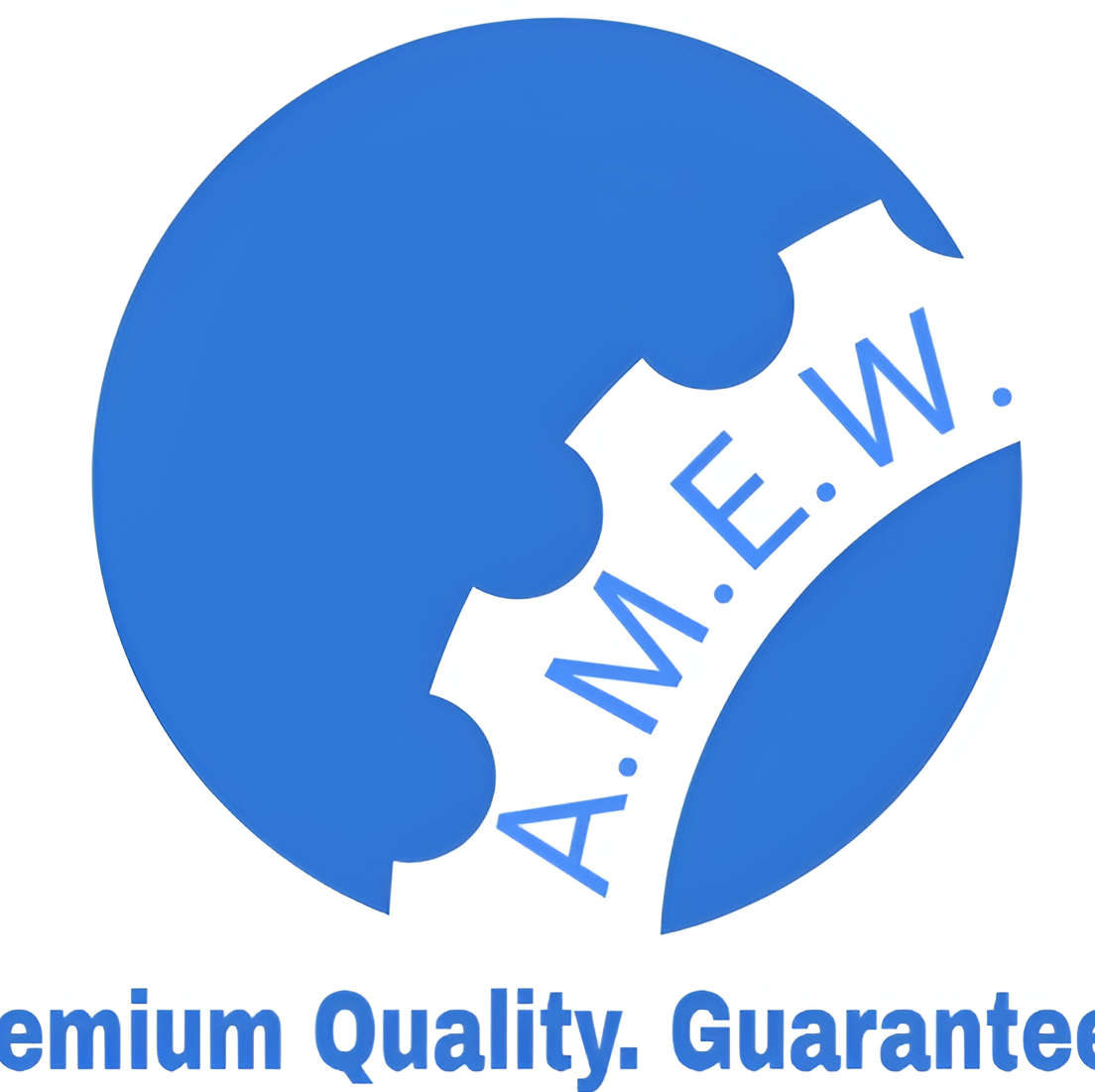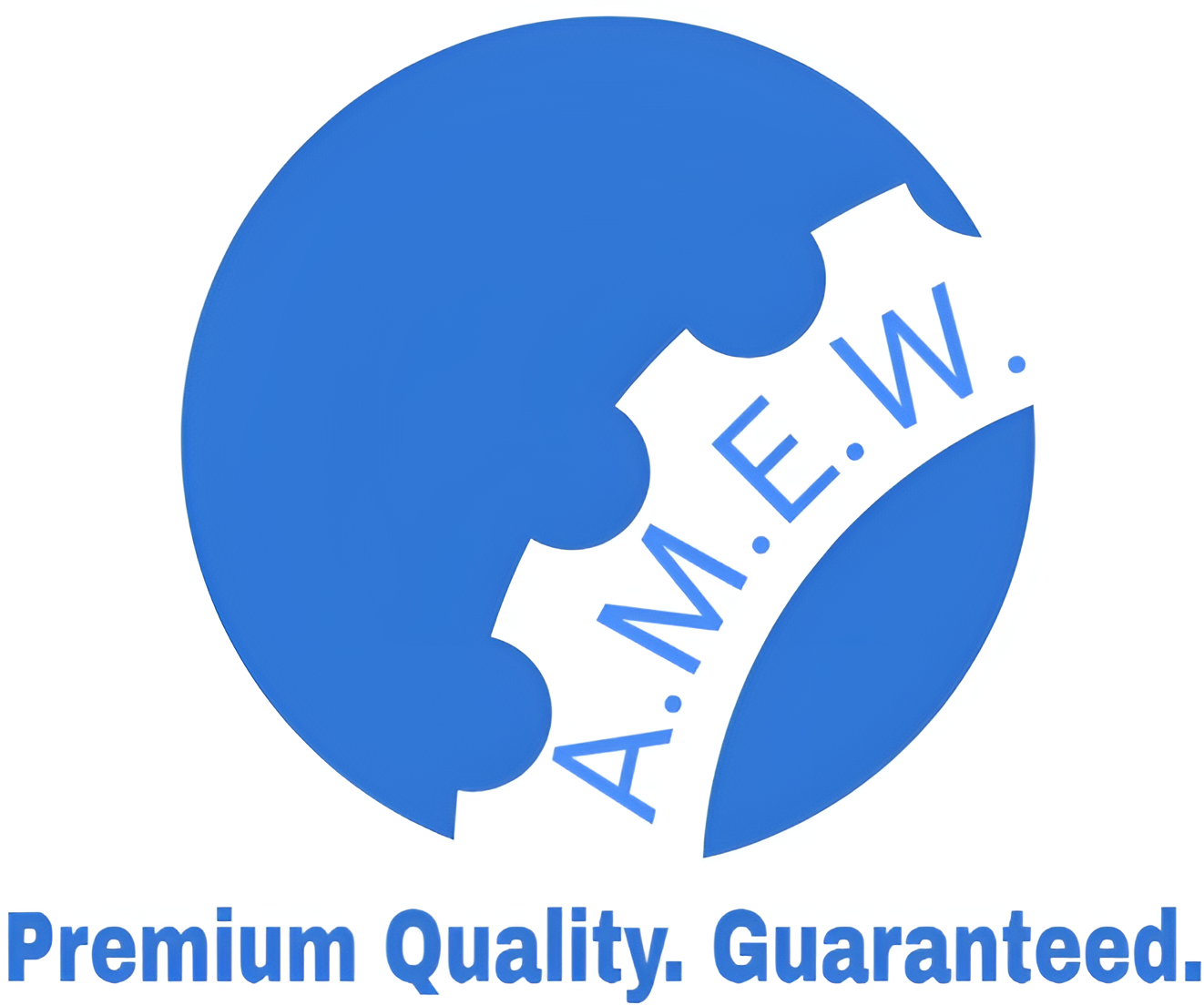Longitudinal Welded Pipes: Manufacturing, Applications, and Future Innovations
Longitudinal Welded Pipes (LWP) are critical components in countless industries, from construction and energy to transportation and water management. Known for their structural strength and reliability, these pipes play a pivotal role in modern infrastructure projects. But what exactly are Longitudinal Welded Pipes, and why are they so widely used?
This blog will walk you through everything you need to know about LWP. We’ll explore their manufacturing process, industrial applications, benefits and limitations, quality assurance practices, and future advancements in LWP technology. Whether you’re part of an engineering enterprise or simply curious about industrial innovation, this guide is tailored just for you.
What are Longitudinal Welded Pipes (LWP)?
Longitudinal Welded Pipes are metal pipes formed by longitudinally welding the edges of a flat steel plate or strip. Unlike spiral welded pipes, LWPs have a straight seam along their length, giving them a smooth and uniform appearance. This seamless alignment offers superior strength, making them ideal for situations where high pressure, stability, or durability is required.
Common materials used in manufacturing LWPs include:
- Carbon steel for general-purpose construction
- Stainless steel for corrosion resistance in demanding environments
- Alloy steel for applications requiring added toughness and high-temperature tolerance.
How are Longitudinal Welded Pipes Manufactured?
The production of Longitudinal Welded Pipes involves a multi-step process designed to deliver structurally sound and standardized products. Here’s a breakdown of the manufacturing stages:
1. Raw Material Selection
Manufacturing begins with the careful selection of steel coils or plates. Depending on the application or industry demand, this could range from carbon steel to high-grade stainless steel.
2. Forming the Pipe
The flat steel plates are cut to the required dimensions and fed into a machine that bends them into a cylindrical shape. This process ensures the edges are prepared for welding.
3. Longitudinal Welding
The edges of the steel plate are welded together along the length of the pipe. Techniques such as Electric Resistance Welding (ERW) or High-Frequency Induction Welding (HFIW) are commonly used, depending on the pipe’s intended application.
4. Heat Treatment
After welding, the pipes undergo heat treatment to enhance their mechanical properties and relieve stress at the weld line.
5. Finishing and Sizing
The welded pipe is passed through sizing rolls to achieve uniform dimensions. Any excess seams or impurities are removed to improve the pipe’s surface quality.
6. Testing and Quality Assurance
Finally, the pipe undergoes rigorous testing, including hydrostatic tests and x-ray inspections, to confirm compliance with practical and industrial standards.
Applications of Longitudinal Welded Pipes in Various Industries
Longitudinal Welded Pipes are highly versatile and find applications across diverse industries. Here’s a look at their widespread use:
1. Oil and Gas
LWP is vital in transporting crude oil, natural gas, and refined products across long distances due to its high-pressure resistance and structural strength.
2. Construction
From building foundations to structural frameworks, LWPs are frequently employed in both residential and commercial construction projects.
3. Water and Sewage Systems
These pipes are used to transport water and sewage because they offer excellent leakage protection and resistance to corrosion when made from appropriate materials.
4. Transportation
LWPs are integral in manufacturing vehicle exhaust systems, particularly in heavy-duty trucks and trains, because they are light yet durable.
5. Power Generation
Industries like nuclear and thermal power require piping systems that can endure both high pressure and extreme temperatures, making LWPs the go-to choice.
6. Agriculture
Irrigation systems in modern farming increasingly depend on LWPs for transporting water over large tracts of land.
Advantages and Disadvantages of Longitudinal Welded Pipes
Like any industrial product, LWPs come with their own set of pros and cons. Understanding these can help you make informed decisions for your projects.
Advantages:
- High Strength: The longitudinal seam enhances the pipe’s strength, making it ideal for high-pressure applications.
- Cost-efficient Manufacturing: Producing LWPs is less time-consuming and more affordable compared to seamless pipes.
- Customizable: LWPs can be manufactured in varying lengths, wall thicknesses, and diameters.
- Corrosion Resistance: When made from stainless steel, LWPs perform exceptionally well in corrosive environments.
Disadvantages:
- Weld Integrity: The welded seam may be susceptible to weak points if not properly executed or inspected during production.
- Limited Diameter for Specific Methods: Compared to spiral welded pipes, LWPs might not be the first choice for very large diameters.
- Higher Stress at the Weld Seam: Repeated mechanical stress concentrates at the seam, which might require additional reinforcement.
Quality Control and Testing Methods for LWP
Reliability is everything when it comes to LWPs, and quality assurance plays a crucial role. Before being shipped to customers, LWPs undergo rigorous testing procedures. Here are some standard methods:
- Hydrostatic Testing: Ensures the pipe can withstand internal pressure without leakage.
- Ultrasonic and Radiographic Inspection: Identifies any flaws in the weld seam, ensuring structural integrity.
- Tensile Strength Tests: Determines the pipe’s ability to withstand forces that pull it apart.
- Dimensional Checks: Verifies that the length, diameter, and wall thickness meet industry specifications.
Future Trends and Innovations in LWP Technology
The future of Longitudinal Welded Pipes is promising, with advancements in technology pushing their boundaries.
- Improved Welding Techniques: Automated and AI-driven welding technologies aim to enhance seam quality while reducing human error.
- Smart Pipes: Integration of sensors within pipes to monitor flow rates, detect leaks, and provide data in real-time.
- Sustainable Manufacturing: An increasing focus on eco-friendly practices, including recycling raw materials and adopting energy-efficient welding processes.
- Lightweight Alloys: Research is advancing into using lightweight yet durable alloys to improve transportability and reduce material costs.
Such innovations will likely expand the scope of LWP applications, especially in industries like aerospace, renewables, and smart infrastructure.
Why Longitudinal Welded Pipes Are a Critical Choice for Your Next Project
Longitudinal Welded Pipes have established themselves as reliable, versatile, and cost-effective components in industries ranging from energy to agriculture. By understanding their manufacturing process, applications, and technological advantages, decision-makers can capitalize on their strengths while addressing industry-specific challenges.
Whether it’s laying the foundation of a skyscraper or transporting coastal water supplies inland, LWPs prove time and again to be indispensable. With the continued evolution of technology and materials, these pipes will remain at the forefront of industrial efficiency.
Interested in learning more about LWP for your business? Be sure to stay updated on the latest innovations and consult trusted manufacturers for high-quality materials.

